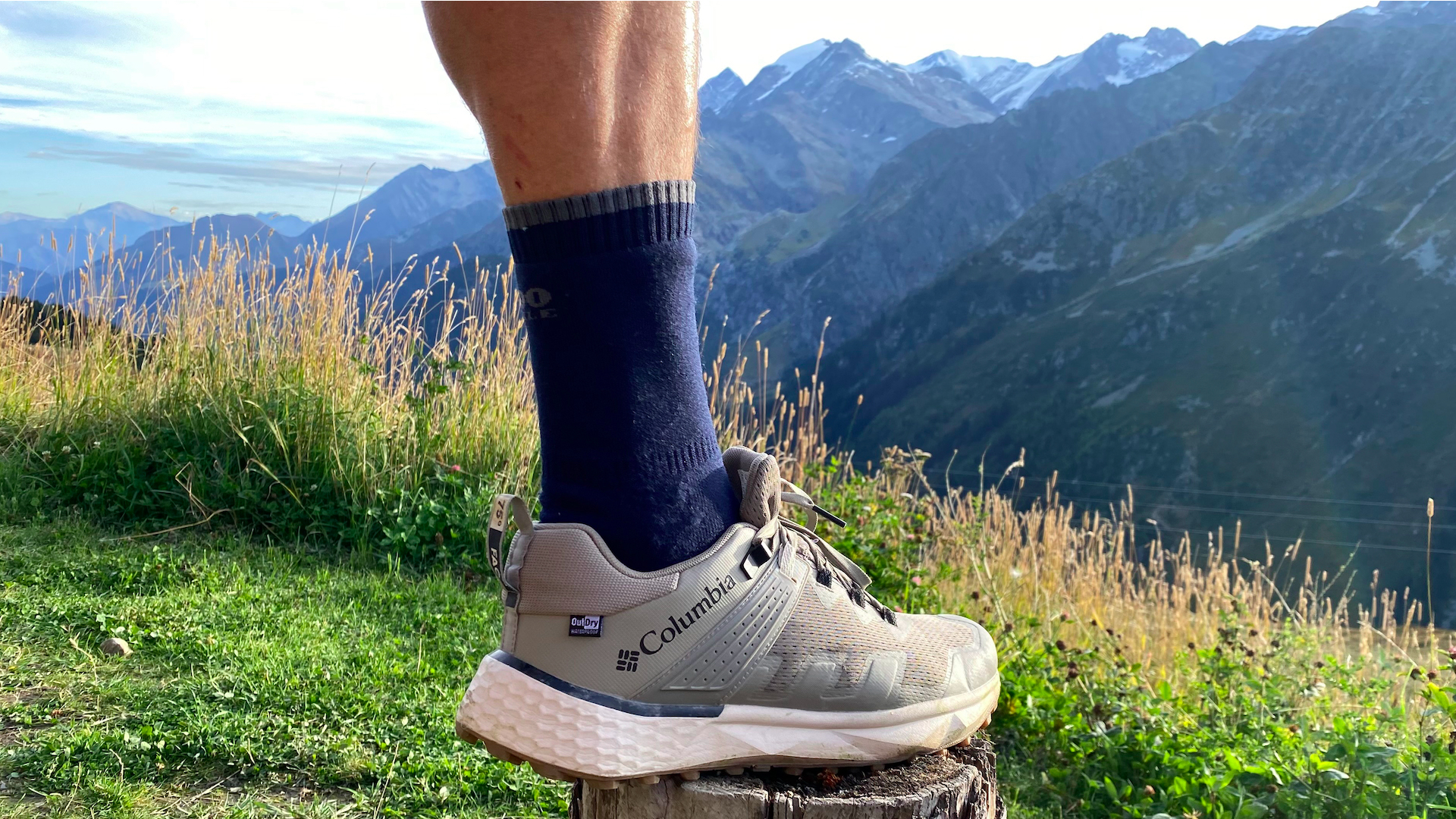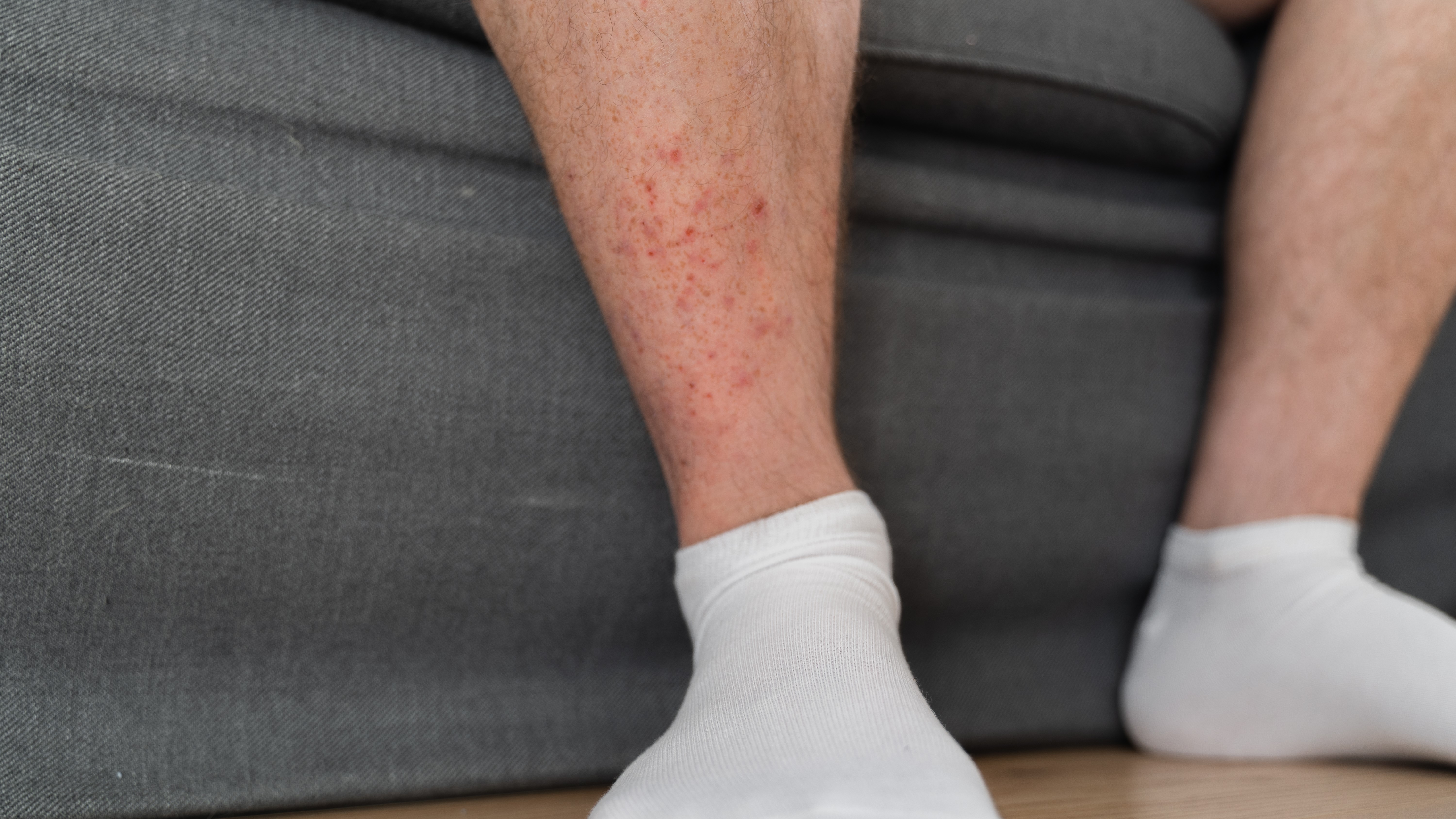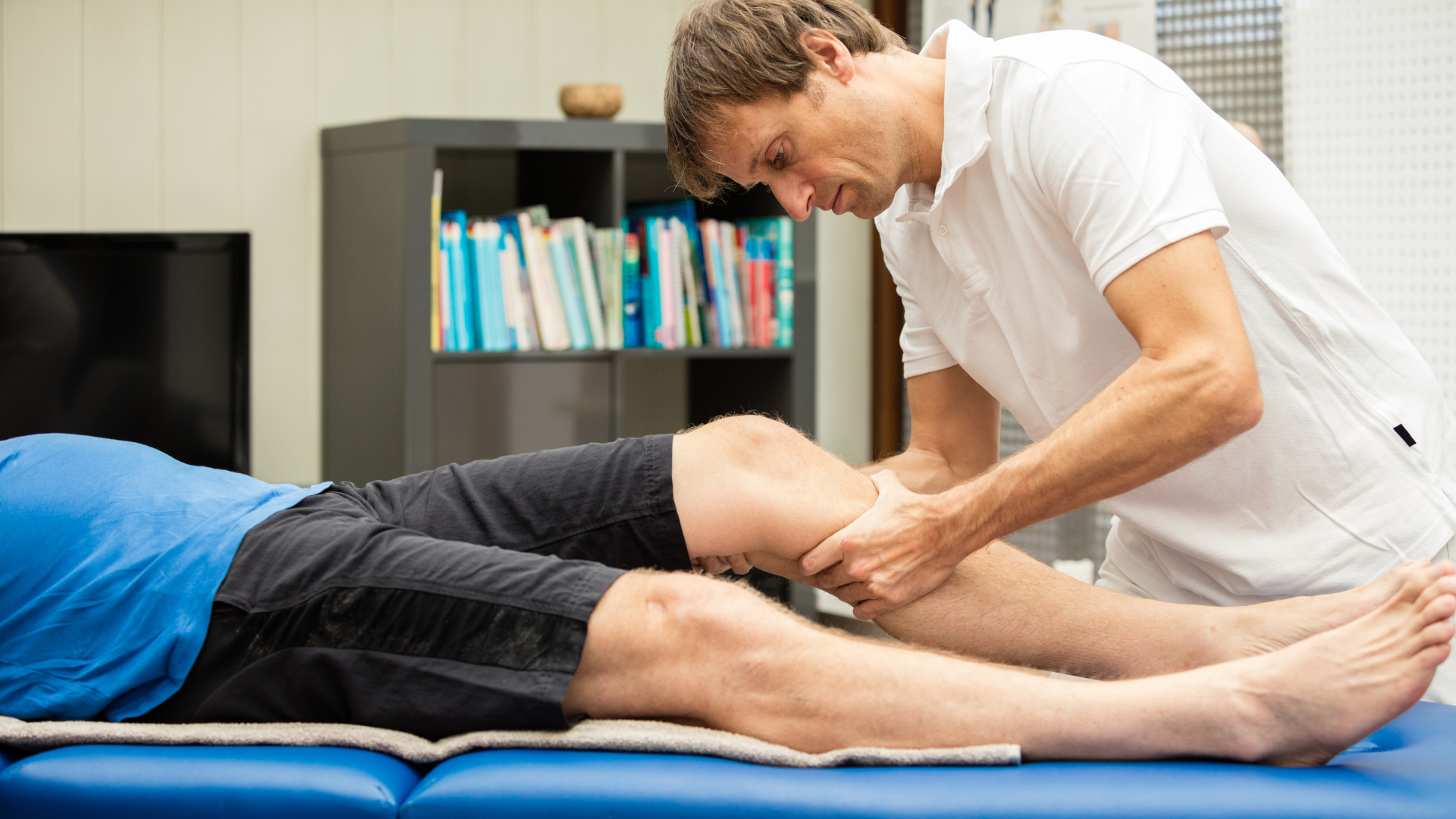What is hiker's rash? And is it serious?
Hiker’s rash presents as a cluster of red bumps that typically appear on the lower legs after hiking

Coming home from a hike, peeling off your sweaty hiking shorts and socks and discovering a rash on your legs can definitely feel like cause for alarm. Did you mistakenly stroll through a patch of poison ivy? Or forget to put sunscreen on your legs? While you’ll want to rule out both poisonous plants and sunburn, your red, itchy skin may actually just be what’s known as hiker’s rash.
What is hiker’s rash?
Also known as exercise-induced vasculitis, hiker’s rash presents as a cluster of red bumps that typically appear on your lower legs after hiking. It’s often itchy, and occasionally causes burning or stinging sensation.
According to 2006 research the condition is fairly common among female hikers (the study noted it presented in only one male out of 23 cases) and long-distance runners, but is often misdiagnosed. Hiker’s rash usually appears after long periods spent walking or hiking in hot weather, but skin compressed by hiking socks is usually spared.
When you hike or exercise in hot weather, your muscles work to bring your blood towards your skin to help release heat – effectively, this is your body’s natural air conditioning system – and it’s thought that hiker’s rash is caused when the veins in your calf muscles fail to return that blood back to your heart, known as venous stasis.

Is hiker’s rash serious?
Conditions that we can see on our skin can definitely seem scary, but research on hiker’s rash such as a 2018 clinical case presentation suggests that it is not serious, nor is it clearly related to other more serious conditions. It typically clears up in less than a week, with some cases lasting as long as 10 days.
How do you treat hiker’s rash?
If you’ve returned from the trail with itchy, painful legs, you’re probably going to want to find some relief. In a review of 99 cases of hiker’s rash treated at the same hospital between 2005 and 2017, it was found that hiker’s rash resolves on its own, however there has been some indication that corticosteroids may relieve symptoms. It’s important to note that these would be prescribed by a medical professional.
The 2006 study also cited manual lymphatic drainage, a specialized form of massage, to relieve more severe symptoms, while lying on your back with your legs elevated may help for the same reason. You may be able to find some relief with simple cooling methods, like an ice bath or using aloe vera gel.
Advnture Newsletter
All the latest inspiration, tips and guides to help you plan your next Advnture!

Can you prevent hiker’s rash?
If you’ve experienced hiker’s rash once, evidence suggests that you’re more likely to suffer from it again. Since it’s believed that hot weather and hiking tend to be the main causes of hiker’s rash, one of the main preventative measures you can take is to avoid hiking in the heat. That can mean setting out early in the morning to avoid the heat of the day during the summer months, and even choosing different activities, like swimming and cycling during a heat wave.
Since studies show that hiker’s rash only seems to affect skin that hasn’t been compressed by your socks, you may want to wear long compression socks on your hikes if you know you’re susceptible to hiker’s rash. We’ve rated the CEP Hiking Merino Mid Cut Compression Socks and Smartwool Run Targeted Cushion Compression OTC socks highly for hiking and running respectively.
Julia Clarke is a staff writer for Advnture.com and the author of the book Restorative Yoga for Beginners. She loves to explore mountains on foot, bike, skis and belay and then recover on the the yoga mat. Julia graduated with a degree in journalism in 2004 and spent eight years working as a radio presenter in Kansas City, Vermont, Boston and New York City before discovering the joys of the Rocky Mountains. She then detoured west to Colorado and enjoyed 11 years teaching yoga in Vail before returning to her hometown of Glasgow, Scotland in 2020 to focus on family and writing.

